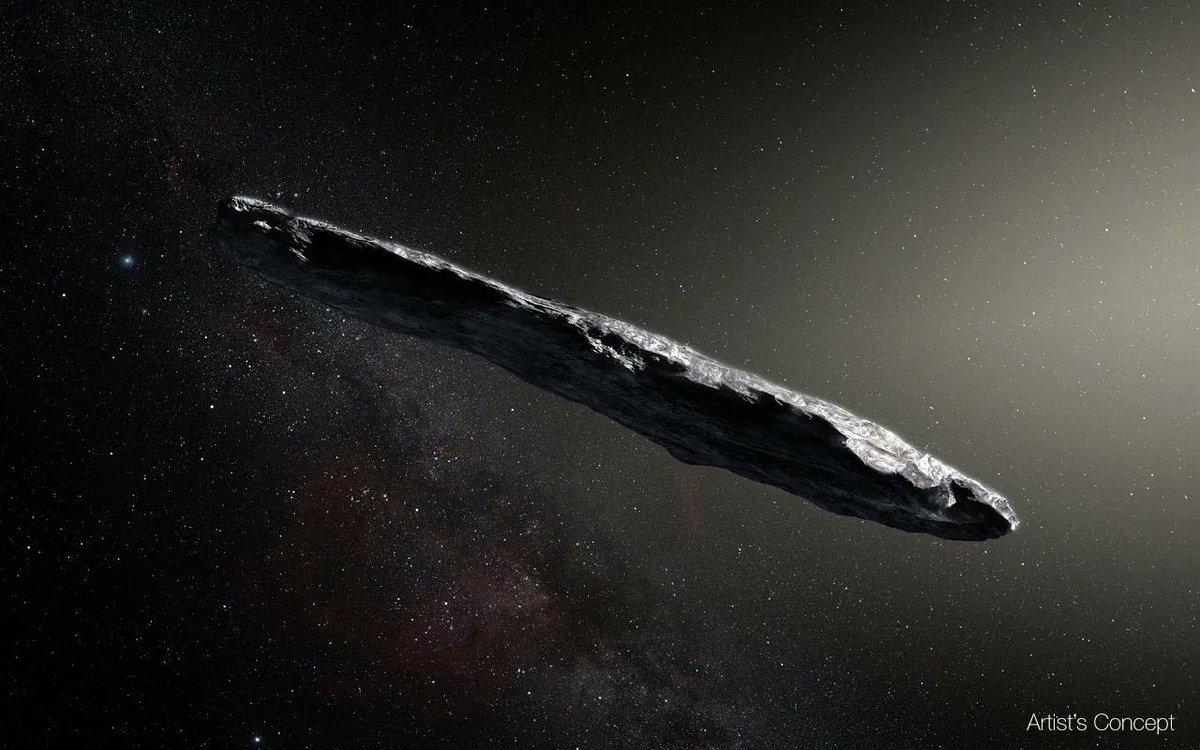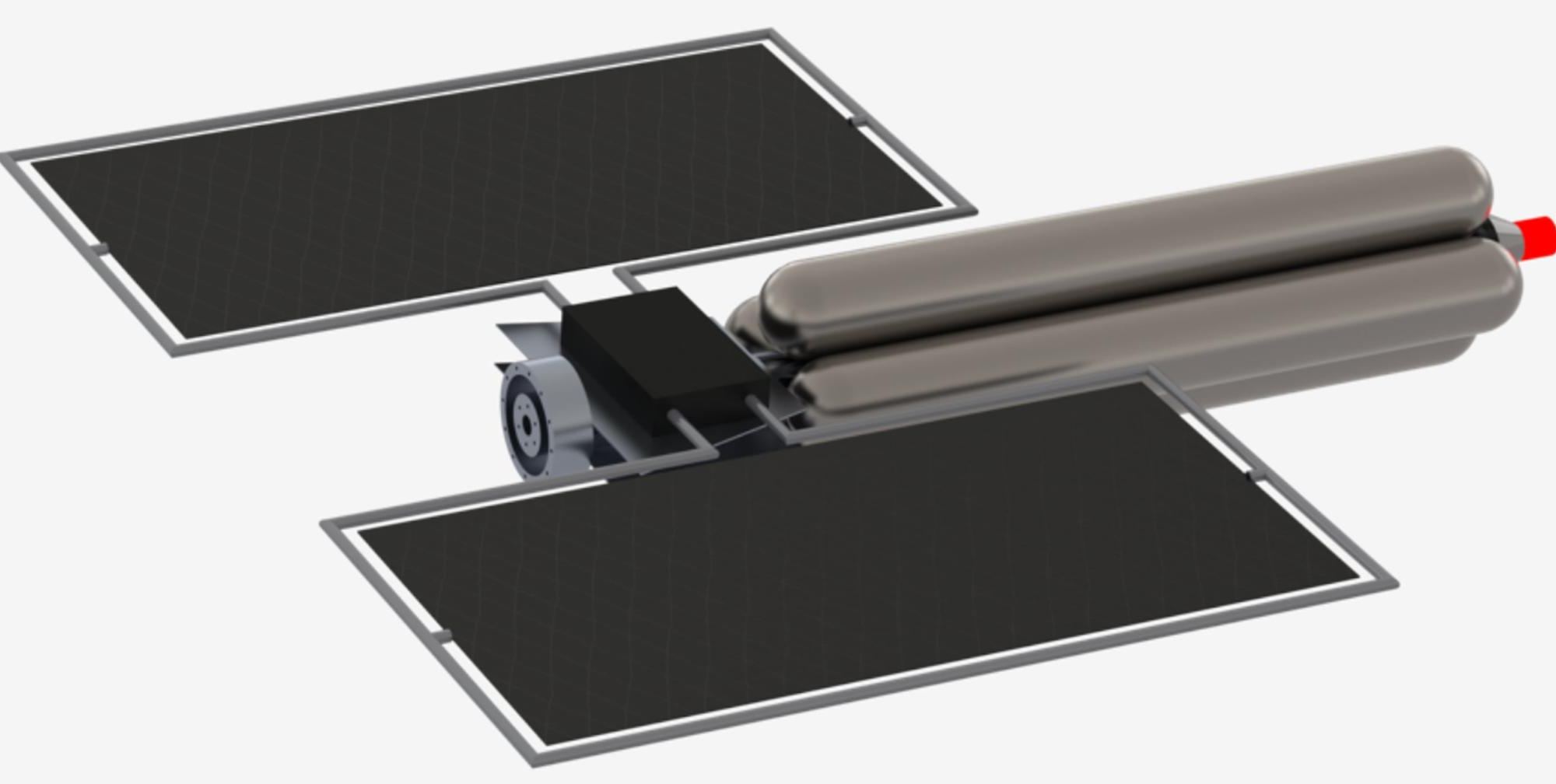We finally have the technological means to detect interstellar objects. We’ve detected two in the last few years, ‘Oumuamua and 2I/Borisov, and there are undoubtedly more out there. As such, there’s been a lot of interest in developing a mission that could visit one once we detect it. But what would such a mission look like? Now, a draft paper from a team of primarily American scientists has taken a stab at answering that question and moved us one step closer to launching such a mission.
Continue reading “We’ll Inevitably see Another Interstellar Object. Which Ones Make the Best Targets to Visit?”Upcoming Missions Could Search for Ancient Alien Technology Within the Solar System
Over sixty years ago, the first search for extraterrestrial intelligence (SETI), known as Project Ozma, was conducted. This campaign was led by legendary astronomer Frank Drake, which relied on the 85-1 Tatel Telescope at the Green Bank Observatory in West Virginia to listen to Tau Ceti and Epsilon Eridani for any signs of radio transmissions. Since then, the field of SETI has become more sophisticated thanks to more advanced radio telescopes, improved data analysis, and international collaboration. In the coming years, SETI will also benefit from advances in exoplanet studies and next-generation instruments and surveys.
In addition to examining exoplanets for signs of technological activity (aka. “technosignatures”), there are also those who recommend that we look for them here at home. Examples include the Galileo Project, which is dedicated to studying interstellar objects (ISOs) and unidentified aerial phenomena (UAP). There’s also the Penn State Extraterrestrial Intelligence Center, a research group dedicated to advancing SETI through the search for technosignatures. In a recent paper, they explain how future SETI efforts should consider looking for extraterrestrial technology in our Solar System.
Continue reading “Upcoming Missions Could Search for Ancient Alien Technology Within the Solar System”Vera Rubin Observatory Should Find 5 Interstellar Objects a Year, Many of Which we Could Chase Down With Spacecraft
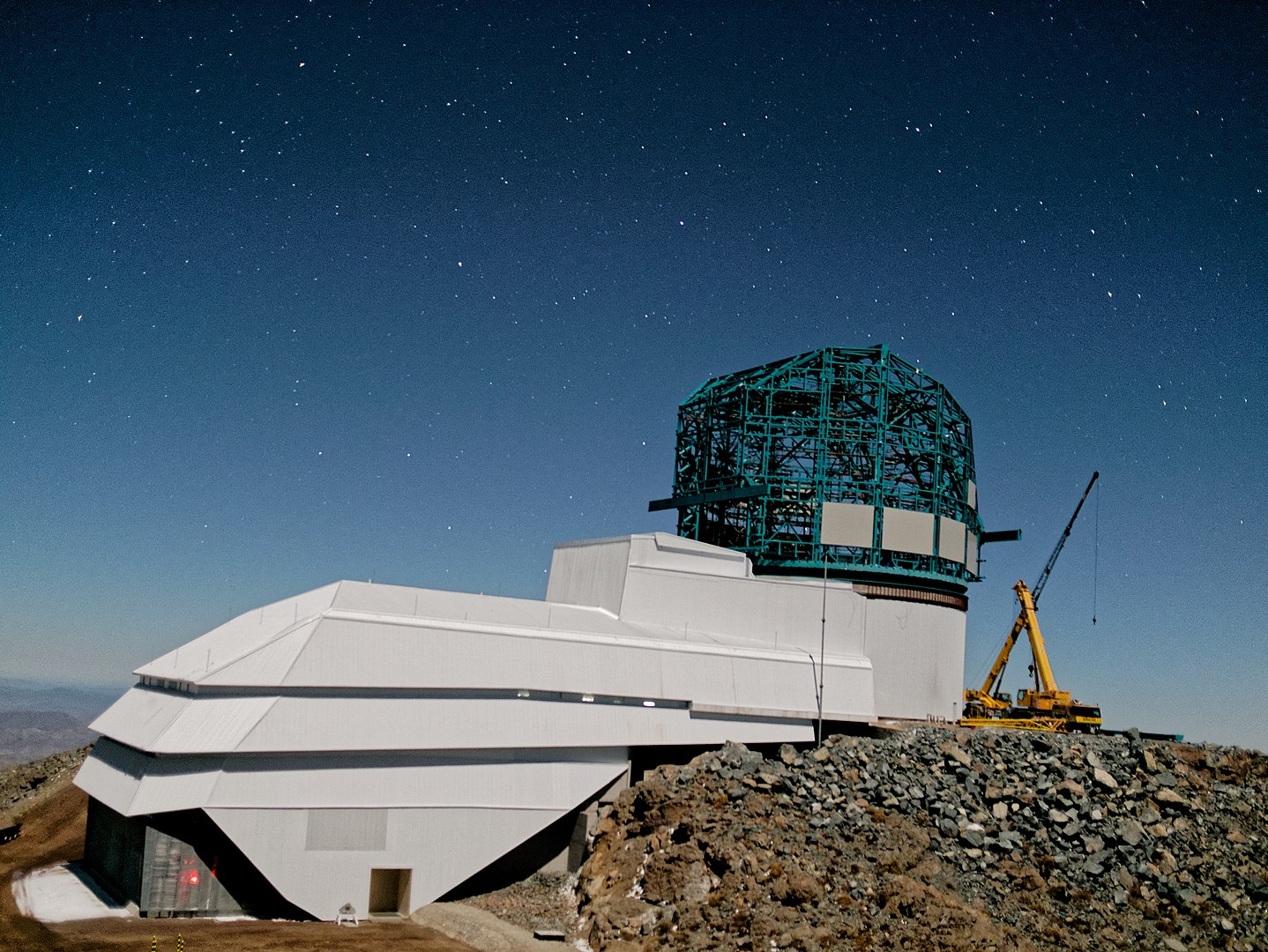
In a year (perhaps two), the Vera C. Rubin Observatory in Chile will become operational and commence its 10-year Legacy Survey of Space and Time (LSST). Using its 8.4-meter (27 foot) mirror and 3.2 gigapixel camera, this observatory is expected to collect 500 petabytes of images and data. It will also address some of the most pressing questions about the structure and evolution of the Universe and everything in it.
One of the highly-anticipated aspects of the LSST is how it will allow astronomers to locate and track interstellar objects (ISOs), which have become of particular interest since `Oumuamua flew through our system in 2017. According to a recent study by a team from the University of Chicago and the Harvard-Smithsonian Center for Astrophysics (CfA), the Rubin Observatory will detect around 50 objects during its 10-year mission, many of which we will be able to study up-close using rendezvous missions.
Continue reading “Vera Rubin Observatory Should Find 5 Interstellar Objects a Year, Many of Which we Could Chase Down With Spacecraft”Cosmic Rays Erode Away All But the Largest Interstellar Objects

So far we know of only two interstellar objects (ISO) to visit our Solar System. They are ‘Oumuamua and 2I/Borisov. There’s a third possible ISO named CNEOS 2014-01-08, and research suggests there should be many more.
But a new research letter shows that cosmic ray erosion limits the lifespan of icy ISOs, and though there may be many more of them, they simply don’t last as long as thought. If it’s true, then ‘Oumuamua was probably substantially larger when it started its journey, wherever that was.
Continue reading “Cosmic Rays Erode Away All But the Largest Interstellar Objects”Protoplanetary Disks Throw Out More Material Than Gets Turned Into Planets
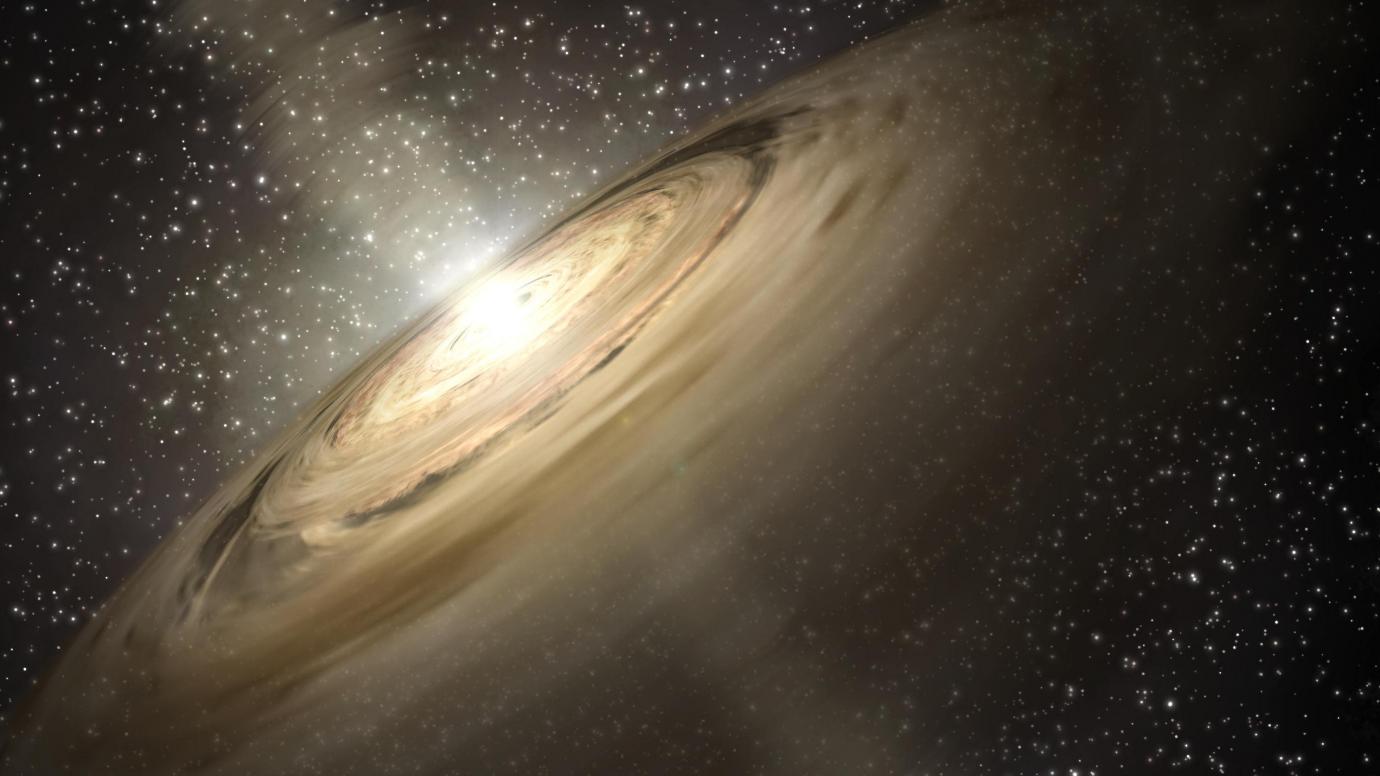
When a young solar system gets going it’s little more than a young star and a rotating disk of debris. Accepted thinking says that the swirling debris is swept up in planet formation. But a new study says that much of the matter in the disk could face a different fate.
It may not have the honour of becoming part of a nice stable planet, orbiting placidly and reliably around its host star. Instead, it’s simply discarded. It’s ejected out of the young, still-forming solar system to spend its existence as interstellar objects or as rogue planets.
Continue reading “Protoplanetary Disks Throw Out More Material Than Gets Turned Into Planets”Extrasolar Object Interceptor Would be Able to Chase Down the Next Oumuamua or Borisov and Actually Return a Sample
What if we had the ability to chase down interstellar objects passing through our Solar System, like Oumuamua or Comet Borisov? Such a spacecraft would need to be ready to go at a moment’s notice, with the capacity to increase speed and change direction quickly.
That’s the idea behind a new mission concept called the Extrasolar Object Interceptor and Sample Return spacecraft. It has received exploratory funding from NASA through its Innovative Advanced Concepts (NIAC) program.
“Bringing back samples from these objects could fundamentally change our view of the universe and our place in it,” says Christopher Morrison, an engineer from the Ultra Safe Nuclear Corporation-Tech (USNC-Tech) who submitted the proposal to NIAC.
Continue reading “Extrasolar Object Interceptor Would be Able to Chase Down the Next Oumuamua or Borisov and Actually Return a Sample”Oumuamua Isn’t an Alien Probe, Because Aliens can Learn Everything They Need About us With Telescopes
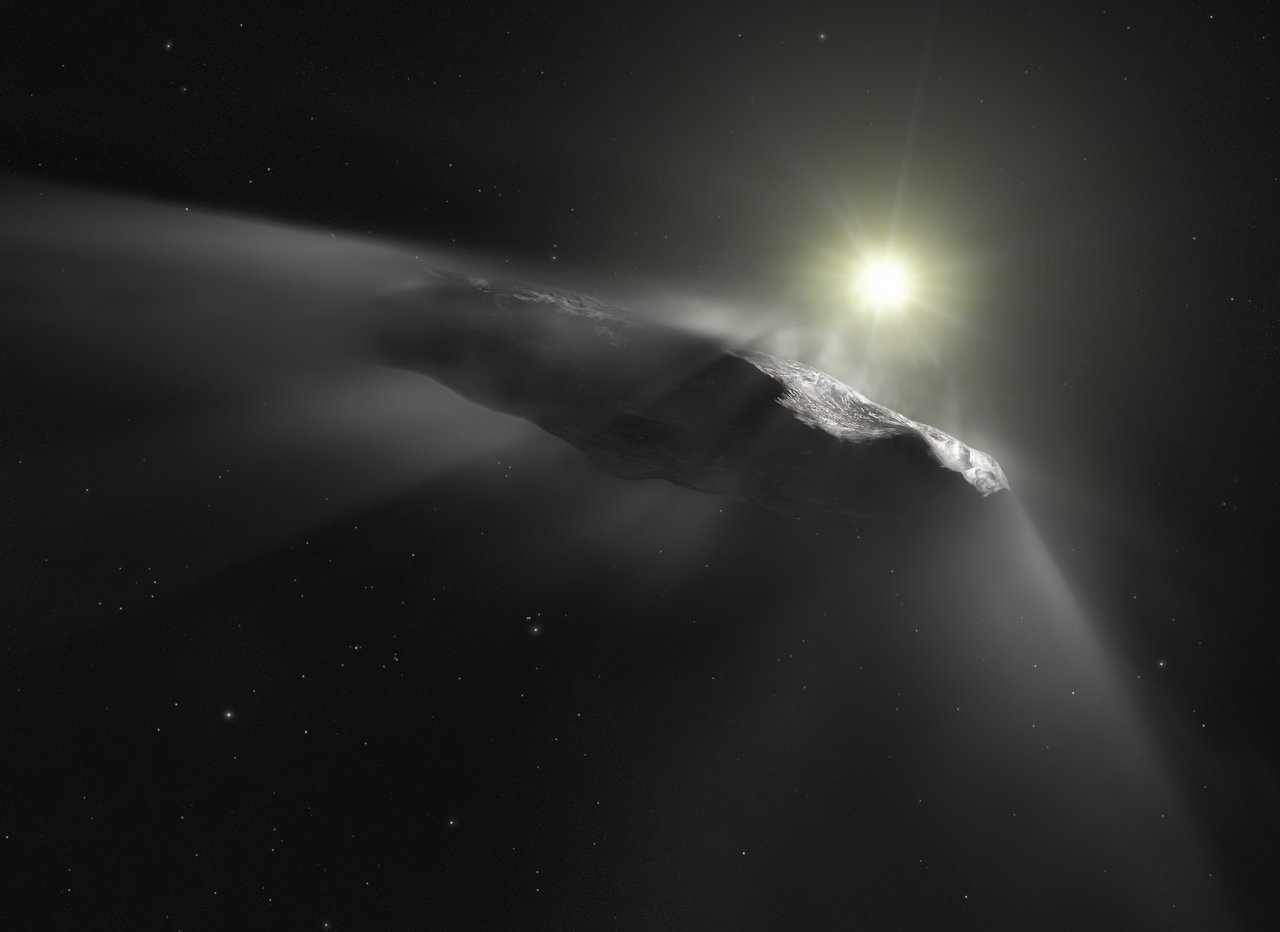
In the Fall of 2017, the first known interstellar object passed through the Solar System, triggering a revolution in astronomy. Because of the amonolous nature of the object, astronomers from all over the world were at a loss to explain what it was. Neither comet, nor asteroid, nor any other conventional object appeared to fit the bill, leading to all kinds of “exotic” explanations.
A particularly exotic explanation was offered by Harvard Professor Avi Loeb and his former postdoc (Dr. Shmuel Bialy), who hypothesized that ‘Oumuamua could have been an extraterrestrial lightsail. Whereas most rebuttal papers questioned the evidence presented, a new study by astrophysicist and UCLA emeritus professor Ben Zuckerman questioned something else: why would an extraterrestrial civilization want to send a probe our way?
Continue reading “Oumuamua Isn’t an Alien Probe, Because Aliens can Learn Everything They Need About us With Telescopes”There Should be About 7 Interstellar Objects Passing Through the Inner Solar System Every Year

In October 19th, 2017, the first interstellar object ever detected flew past Earth on its way out of the Solar System. Less than two years later, a second object was detected, an easily-identified interstellar comet designated as 2I/Borisov. The appearance of these two objects verified earlier theoretical work that concluded that interstellar objects (ISOs) regularly enter our Solar System.
The question of how often this happens has been the subject of considerable research since then. According to a new study led by researchers from the Initiative for Interstellar Studies (i4is), roughly 7 ISOs enter our Solar System every year and follow predictable orbits while they are here. This research could allow us to send a spacecraft to rendezvous with one of these objects in the near future.
Continue reading “There Should be About 7 Interstellar Objects Passing Through the Inner Solar System Every Year”Earth and the Moon Might Have Captured an Old Upper Stage Rocket
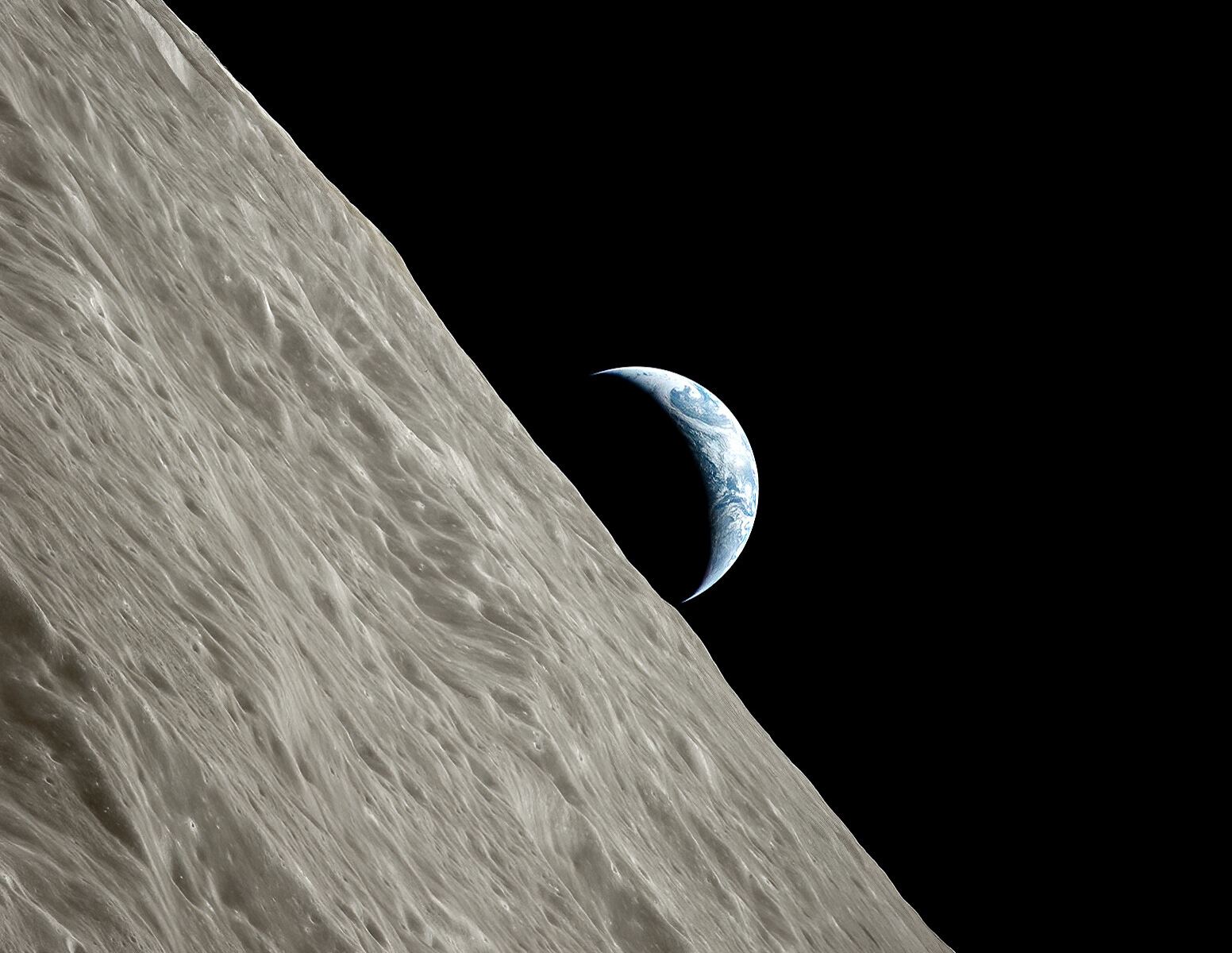
Back in September, the Pan-STARRS1 survey telescope noticed an object that followed a slight but distinctly curved path in the sky, a telltale sign that it was captured by Earth’s gravity. Initially, this object was thought to be a near-Earth Asteroid (NEA) and was given a standard designation by the Minor Planet Center (2020 SO). However, the Center for Near-Earth Object Studies (CNEOS) at NASA JPL had another theory.
Based on its orbit and the way solar radiation appeared to be pushing it off course, NASA scientists have since concluded that the object might actually be the spent upper stage booster of the Centaur rocket that launched the Surveyor 2 spacecraft towards the Moon in 1966. This finding could have implications for future surveys that pick up mysterious objects near Earth (‘Oumuamua occur).
Continue reading “Earth and the Moon Might Have Captured an Old Upper Stage Rocket”Okay, New Idea. Oumuamua is an Interstellar “Dust Bunny”

Explaining the concept of a dust bunny to small children can be quite amusing. No, it’s not actually alive. It’s moving around because of really small currents of wind that we can’t even see. It’s mainly formed out of dead skin and spider webs. No, the spiders don’t actually eat the dead skin. Most of the time.
Now take that same concept of a bunch of particles stuck together, scale it up a few orders of magnitude, and put it in space. Though it’s still not alive, it would be blown by solar radiation rather than the winds. And instead of being made out of skin and spider webs, it could be made up of cometary dust particles. That is what scientists think our first detected visitor from another star might be – an interstellar dust bunny.
Continue reading “Okay, New Idea. Oumuamua is an Interstellar “Dust Bunny””
